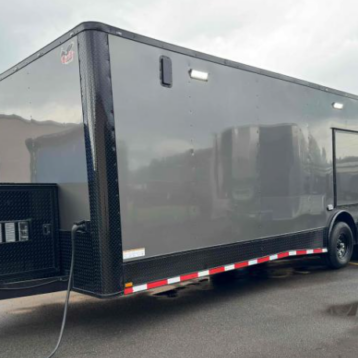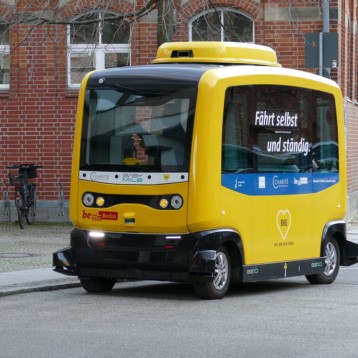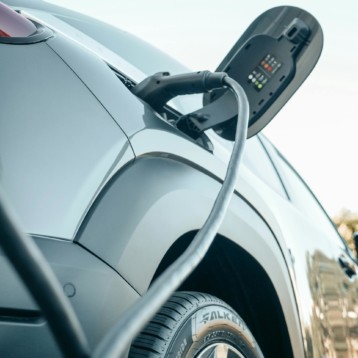Ford decided to meet the demand for increased visibility with the introduction of these new features. The Blind Spot Mirror is a consumer-friendly, affordable blind spot solution. It consists of an outside rearview mirror designed with a secondary convex spotter in the top outer corner, which is aimed exclusively at the driver’s blind spot. When traffic enters the driver’s blind spot on either side of the vehicle, it is visible in the secondary convex mirror, alerting the driver of the potential danger.
The Cross Traffic Alert and Blind Spot Monitoring System are designed to be used together with the new mirrors, in order to ensure the driver is aware of all nearby vehicles. The cross traffic alert works in conjunction with Ford’s radar-based blind spot monitoring system, utilizing the system’s two multiple beam radar modules which are installed in the rear quarter panels – one in each side of the vehicle. When a vehicle enters the defined blind spot zone, it is identified by the radar and an indicator light on the corresponding side-view mirror is illuminated in order to warn the driver that a vehicle is approaching.
The Cross Traffic Alert uses the radar when in reverse gear. The system identifies moving objects within a 65-foot range from either side of the vehicle. The radar also works when backing out of angled parking spaces because its view is not limited to traffic coming at a 90-degree angle. When cross traffic is approaching, two warnings are given: an indicator lights up in the corresponding outside mirror and an audio alert is sounded. Unlike the new mirrors, which will be inserted in all future models, the radar alert system is optional and will be installed upon request.
Although the benefits and efficiency of the mirrors and alert system are yet to be proved, Ford shows high confidence in the new products. “Ford is delivering innovative features aiding in a better drive experience for the customer,” says Derrick Kuzak, Ford Group Vice President, Global Product Development. Drivers need better visibility mainly when changing lanes and during parallel parking. Ford claims the improved mirrors will simplify these actions, and therefore, will supply them with future Ford, Lincoln, and Mercury vehicles as standard equipment.
Early drive clinics conducted by Ford show that the Blind Spot Mirror is popular with customers: nearly 76 percent of the participants said the mirror improves their confidence while driving. In addition, the learning curve or adjustment to the function of the spotter mirror was minimal. Ford tries to use these statistics to demonstrate how the company listens closely to its customers. Kelly Kohlstrand, from Ford’s Advanced Product Marketing and Technology Planning team, said: “We seek to plan new features that address unmet customer needs; customers told us that visibility is important to them and that they specifically desired a more effective outside rearview mirror.” Although the mirrors and the radar system are based on technology that has already been implemented in vehicles, this response to customers’ demand may help market the new features.
TFOT previously covered Ford’s Hydrogen Car, and the LifeCar, an aesthetic, high performance, hydrogen fuel cell, zero emission vehicle. Other related TFOT stories are the PUYO, a corner-less, soft box car that is environment-friendly, and a report on Israel’s encouragement of electric cars.
According to Ford, the mirrors and the radar alert system will arrive in the market in 2009. For more information, see the Ford website.










